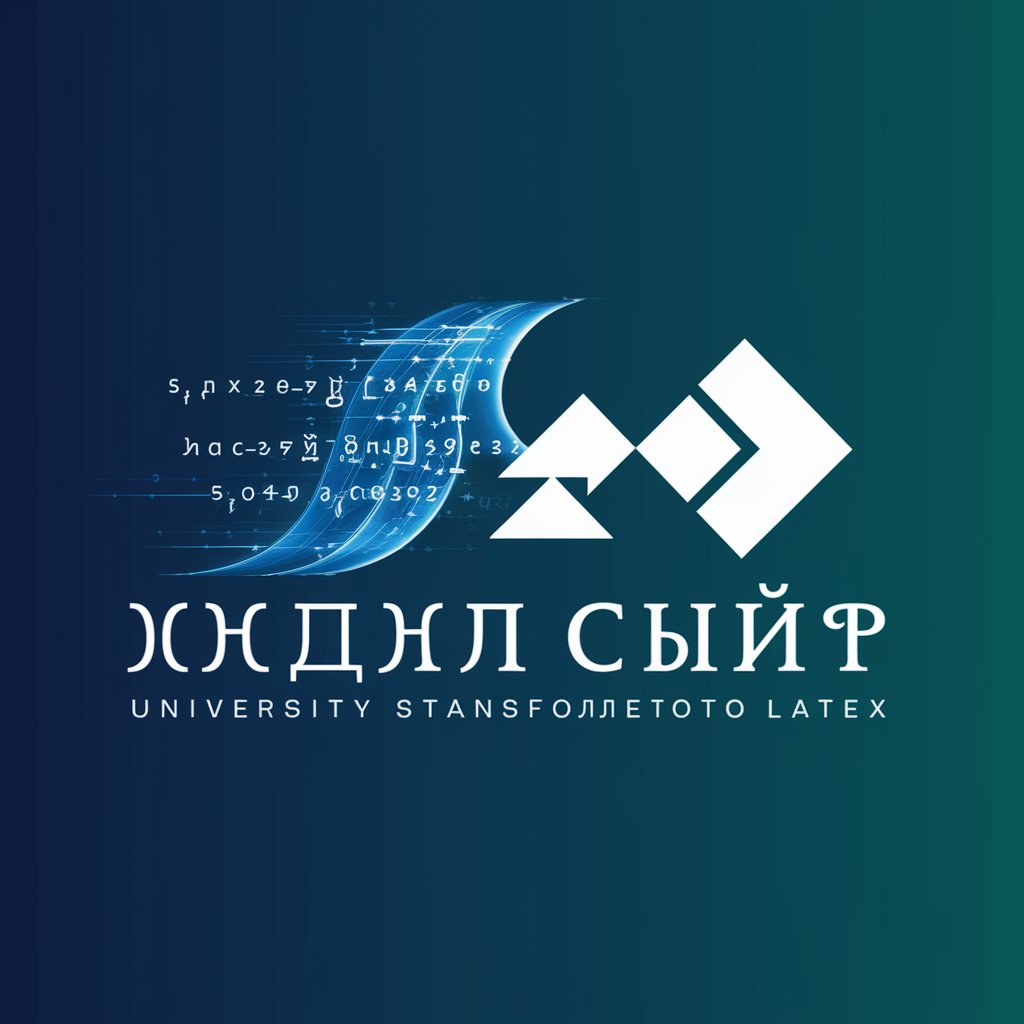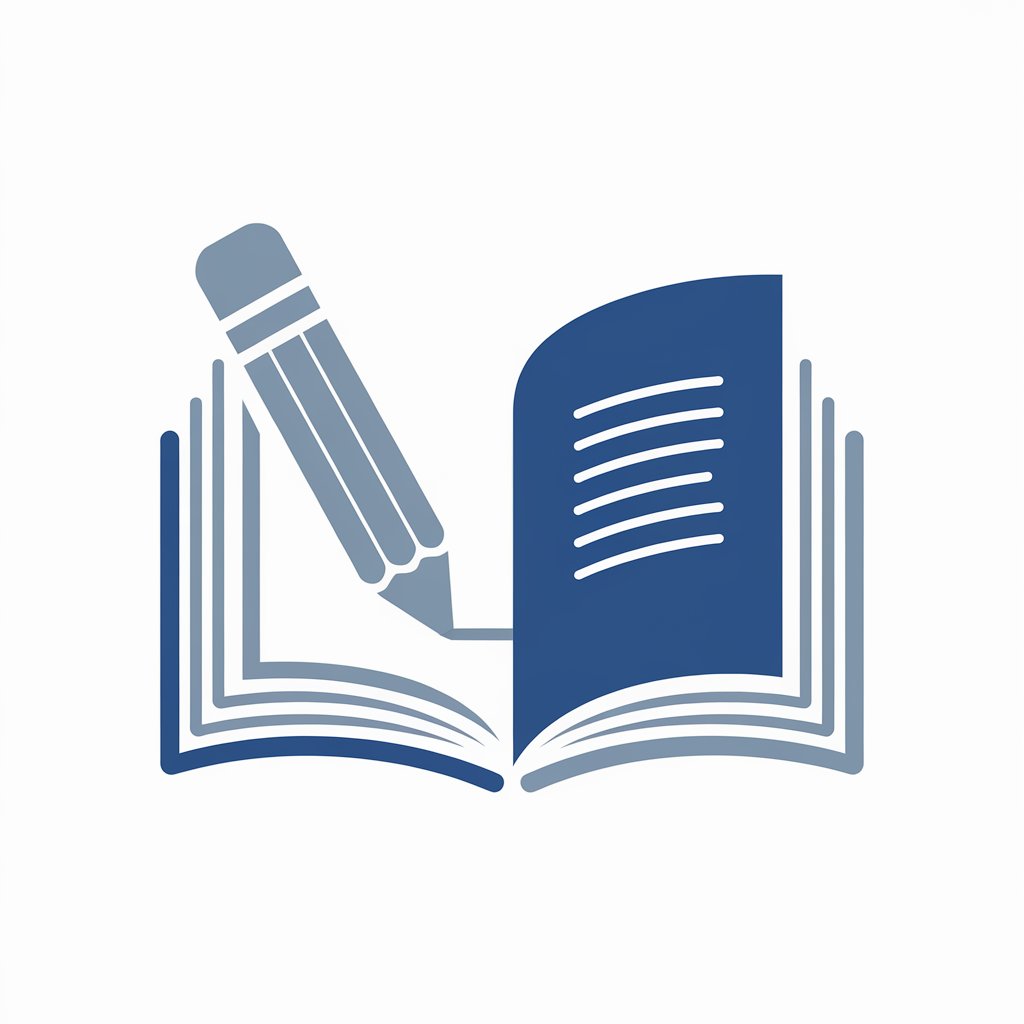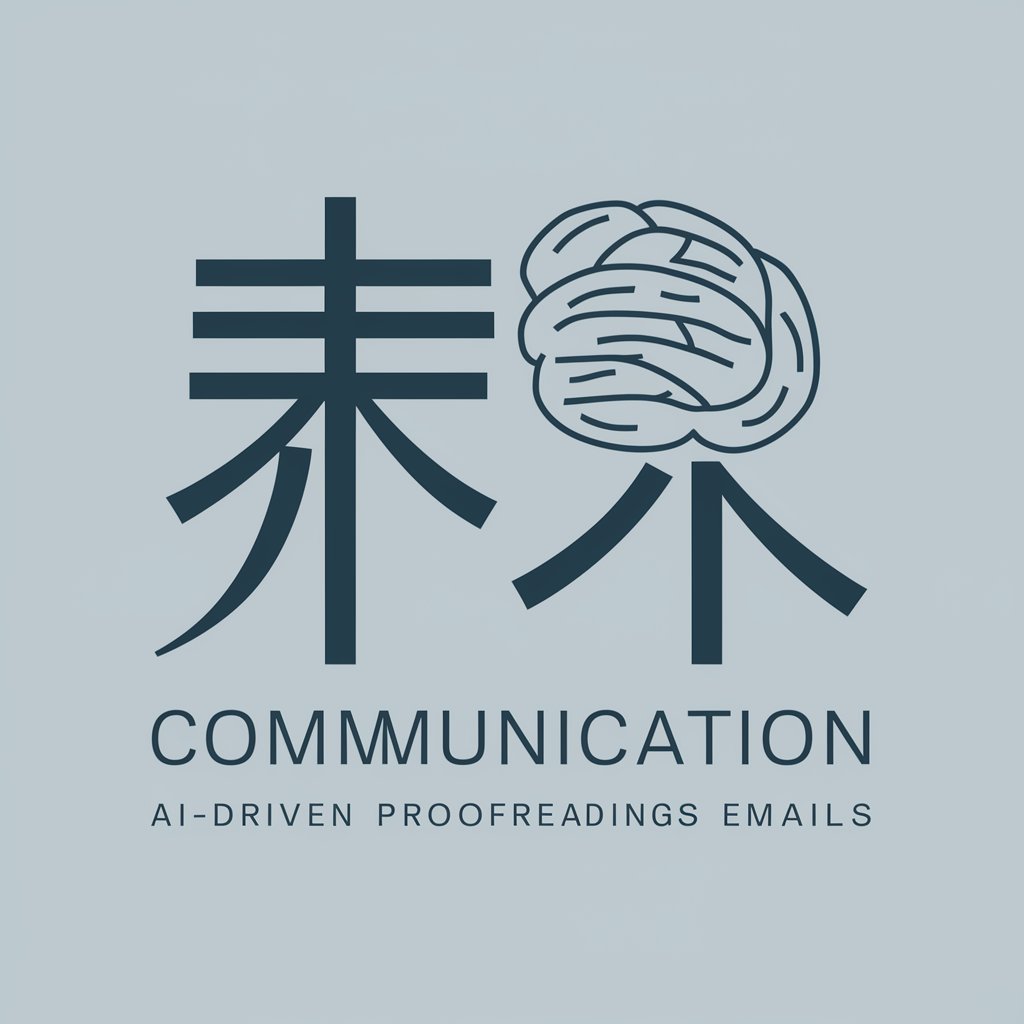
ビジネスメール添削ツール-business email correction tool
AI-powered email refinement for professionals

ビジネスメールを添削してくれるツールです。新入社員やメールを作成することに慣れていない人向け。
社内へのメール文章を添削したい
社外へのメール文章を添削したい
Get Embed Code
What ビジネスメール添削ツール (Business Email Revision Tool) Is and Why It Exists
ビジネスメール添削ツール is an AI-assisted service designed to review, correct, and elevate Japanese business email communication to professional standards. Its core design purpose is to bridge the gap between intent and impression: transform a user’s raw message into one that communicates clearly, politely, and appropriately for the recipient and context. The tool focuses on form (keigo and appropriate politeness), clarity (logical flow and concise sentences), tone (friendly, neutral, or highly formal), and practical elements (subject lines, greetings, closing lines, signature blocks). Example scenarios that illustrate the purpose and function: 1) A non-native Japanese employee drafts an email requesting schedule confirmation from a senior executive. The original message is direct and uses casual grammar. The tool rewrites it into appropriate 丁寧語/敬語, fixes particle and verb forms, suggests a polite subject line, and provides alternative closing sentences that express appreciation for the executive's time. The result reduces social friction and increases the chance of a prompt, positive response. 2) A sales representative composes a follow-up after a proposal was delivered. The draft is long, repetitiveビジネスメール添削ツール概要, and lacks a clear next step. The tool condenses the message, highlights the call-to-action (e.g., request for meeting/time to discuss), and proposes a brief, attention-getting subject line to improve open rates. 3) An HR manager needs to send a sensitive message about contract renewal to a mid-level staff member. The tool helps craft wording that is empathetic, legally cautious (avoiding problematic phrasing), and clearly explains the process and timeline to reduce confusion and preserve morale. The tool is deliberately pragmatic: it does not replace human judgment on legal or extremely sensitive HR matters, but it reduces time spent polishing wording, minimizes reputational risk from inappropriate phrasing, and improves the efficiency and effectiveness of day-to-day business correspondence.
Primary Functions and How They Are Applied
Politeness and Honorific Correction (敬語 / 丁寧語 adjustment)
Example
Input: "来週のミーティング、参加できますか?" → Output: "来週のミーティングにご参加いただけますでしょうか。"
Scenario
A junior employee writes to a cross-departmental senior. The tool detects overly casual phrasing, converts it to the right level of formality (e.g., from casual to 丁寧語 or 敬語), and offers alternative phrasings depending on desired tone: 'very formal' for executives, 'polite-but-friendly' for peers in other teams. It also flags potential敬語 errors (misuse of くださる/させていただく) and explains briefly why a change was made so the user learns.
Clarity & Structure Optimization (conciseness, logical flow, and CTA sharpening)
Example
Input: A long paragraph explaining a delay with mixed reasons → Output: A three-line email: (1) apology and brief reason, (2) concrete next step/date, (3) invitation to reply if needed.
Scenario
A project manager needs to notify a client of a shipping delay caused by two factors (component shortage + customs). The original email buries the action item. The tool restructures: short apology, succinct explanation (bulleted if appropriate), concrete mitigation plan and a clear ask (e.g., 'please confirm whether you prefer Option A or Option B by X date'). This reduces back-and-forth and makes responsibilities clear.
Contextual Tone & Audience Customization (templates and situational variants)
Example
Function produces three variants for the same message: (A) Formal: for clients, (B) Neutral/efficient: for internal stakeholders, (C) Warm: for long-term partner. Each variant preserves the core content but shifts expressions, opening/closing lines, and sentence endings accordingly.
Scenario
A salesperson follows up after a first meeting. They want three versions: a formal version for a conservative corporate prospect, a concise internal update for their manager, and a warm version for an established partner. The tool generates all three, including subject line suggestions and optional one-line personalization tokens (e.g., referencing a prior conversation point) so the sender can pick the most appropriate version quickly.
Who Benefits Most from ビジネスメール添削ツール
Non-native Japanese Speakers & New Hires
Employees who are not fully comfortable with Japanese business conventions—such as foreign hires, engineers, or newly promoted staff—gain large efficiency and reputational benefits. The tool reduces mistakes in honorifics, helps avoid accidental rudeness, and accelerates learning by showing corrected examples and brief explanations. This group benefits because emails are frequently the first impression they make internally and externally.
Busy Professionals (sales, account managers, HR, PMs) who need polished messages quickly
People whose roles require frequent, varied correspondence—proposal delivery, negotiation, client follow-ups, HR notifications, status reports—are ideal users. They save time (draft → polished version in one step), reduce risk (avoid legal/HR wording pitfalls), and improve outcomes (higher reply/meeting-confirmation rates). The tool’s ability to produce tone-switch templates and clear CTAs helps professionals tailor messages for different recipients without re-writing from scratch.
How to Use ビジビジネスメール添削ツールガイドネスメール添削ツール
Visit the website
Go to aichatonline.org for a free trial. You don’t need to log in or have ChatGPT Plus to access the tool. It’s simple and hassle-free to start using.
Select email type
Choose the type of business email you wish to refine. The tool offers templates for various scenarios such as inquiries, job applications, or complaints.
Paste email text
Copy your draft email and paste it into the input field. Make sure the email is in Japanese, as the tool is optimized for business email correction in the Japanese language.
Review suggestions
The tool will analyze your email and provide grammar, tone, formality, and structure corrections. Review these changes carefully. It will highlight areas that need improvement, such as phrasing or politeness levels.
Apply or adjust changes
You can accept the corrections directly or make adjustments based on your preferences. After finalizing your edits, the email is ready for sending.
Try other advanced and practical GPTs
截图转公式(image to formula)
AI-powered Formula Extraction from Images.

Youtube Seo Description
AI-powered SEO descriptions for YouTube.

PIXTA画像生成ツール
Generate custom images with AI power.

文案改写
Rewriting Made Easy with AI Power.

ModCraft for Minecraf
Generate Minecraft mods with AI power

WixGPT
Generate content effortlessly with AI power.

Gemini Prompt Generator
AI-driven prompts for any writing task

Tâm Linh Ứng Dụng (Official)
AI-powered assistance for research and writing.

【NEW】AI Cat Generator
Create Personalized AI-Generated Cat Images

Info Graphic generator
Create stunning infographics with AI power

考研数学老师
AI-powered math tutoring for exam success.

XML Transformer Pro
AI-powered XML & XSLT generation and optimization

- Business Communication
- Professional Writing
- Email Etiquette
- Formal Correspondence
- Language Refinement
Frequently Asked Questions About ビジネスメール添ビジネスメール添削ツールガイド削ツール
What types of business emails can this tool correct?
The tool can handle a variety of business emails, including formal inquiries, applications, complaints, offers, and reports. It ensures your emails are correctly formatted and polite, suitable for professional correspondence.
Do I need a Japanese language proficiency to use the tool?
No, you don't need to be a Japanese language expert. The tool is designed to assist even those with basic Japanese skills by improving your grammar, tone, and overall presentation.
Can I use this tool for casual emails?
No, this tool is specifically designed for business communication and formal emails. It focuses on maintaining professionalism and proper etiquette in the workplace, so it may not be suitable for casual correspondence.
How accurate are the corrections made by the tool?
The tool is highly accurate in correcting grammar, formality, and structure based on Japanese business etiquette. However, it's always recommended to review the changes to ensure the message aligns with your intended tone.
Is there a limit to how many emails I can correct?
The free trial allows you to correct a limited number of emails. If you need more corrections, you may need to upgrade to a paid plan for unlimited access.






